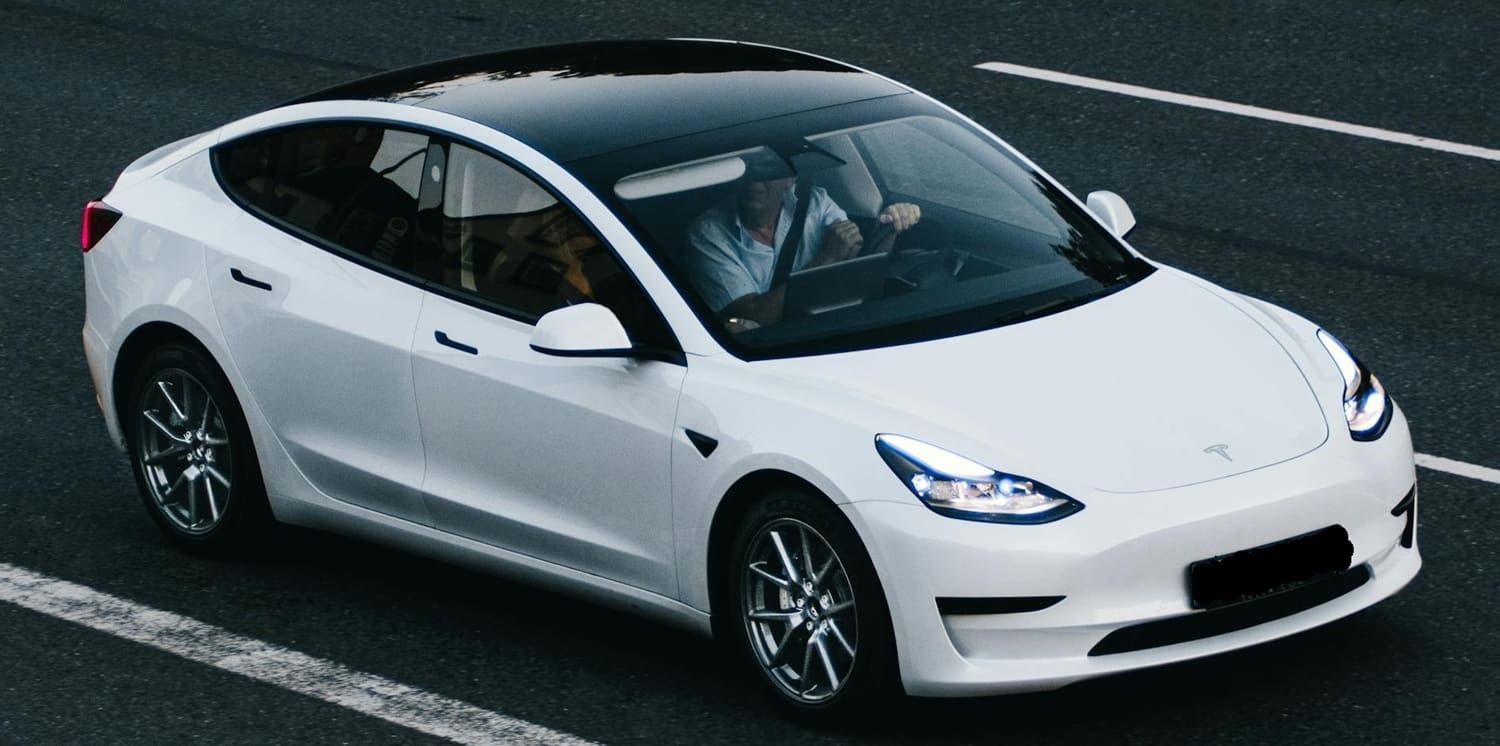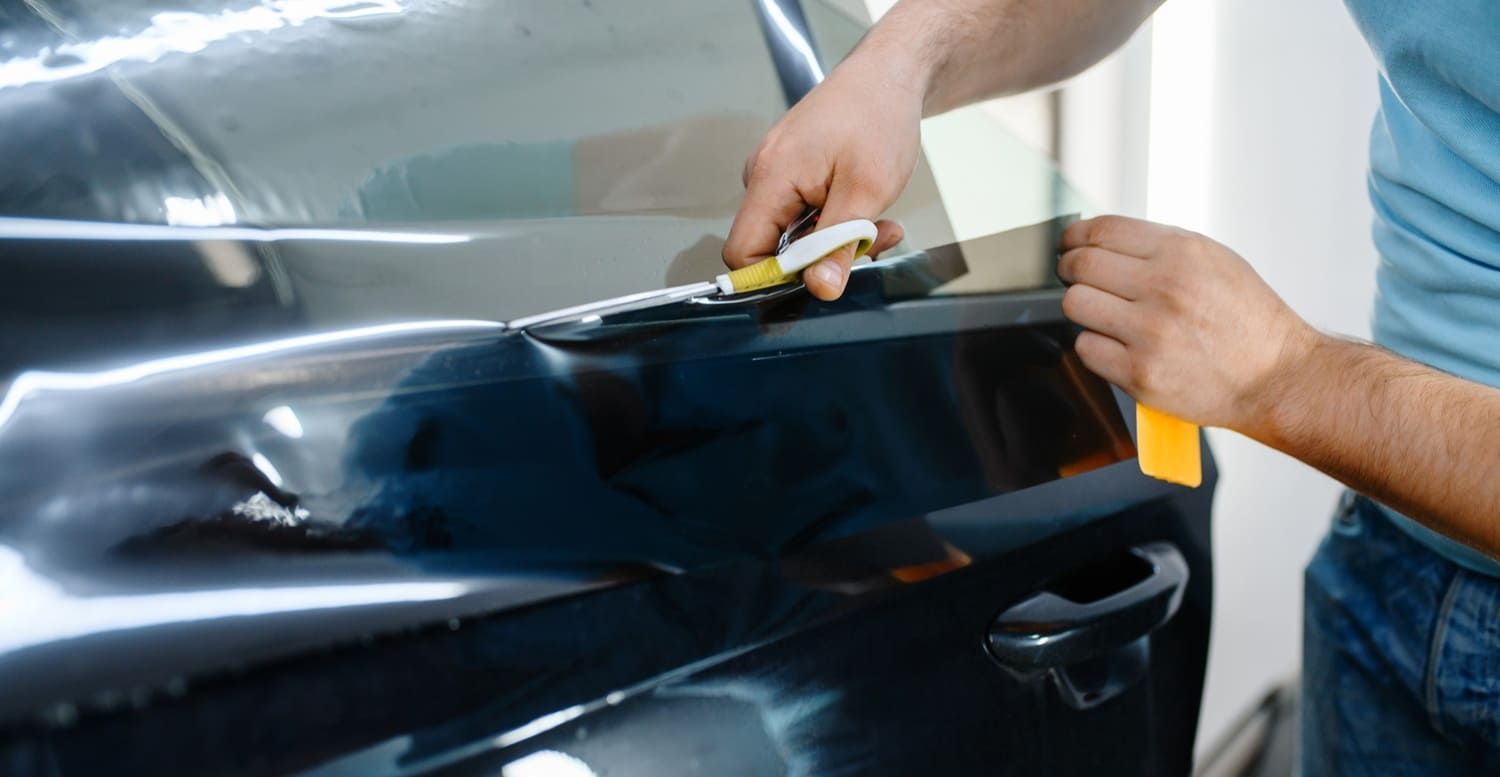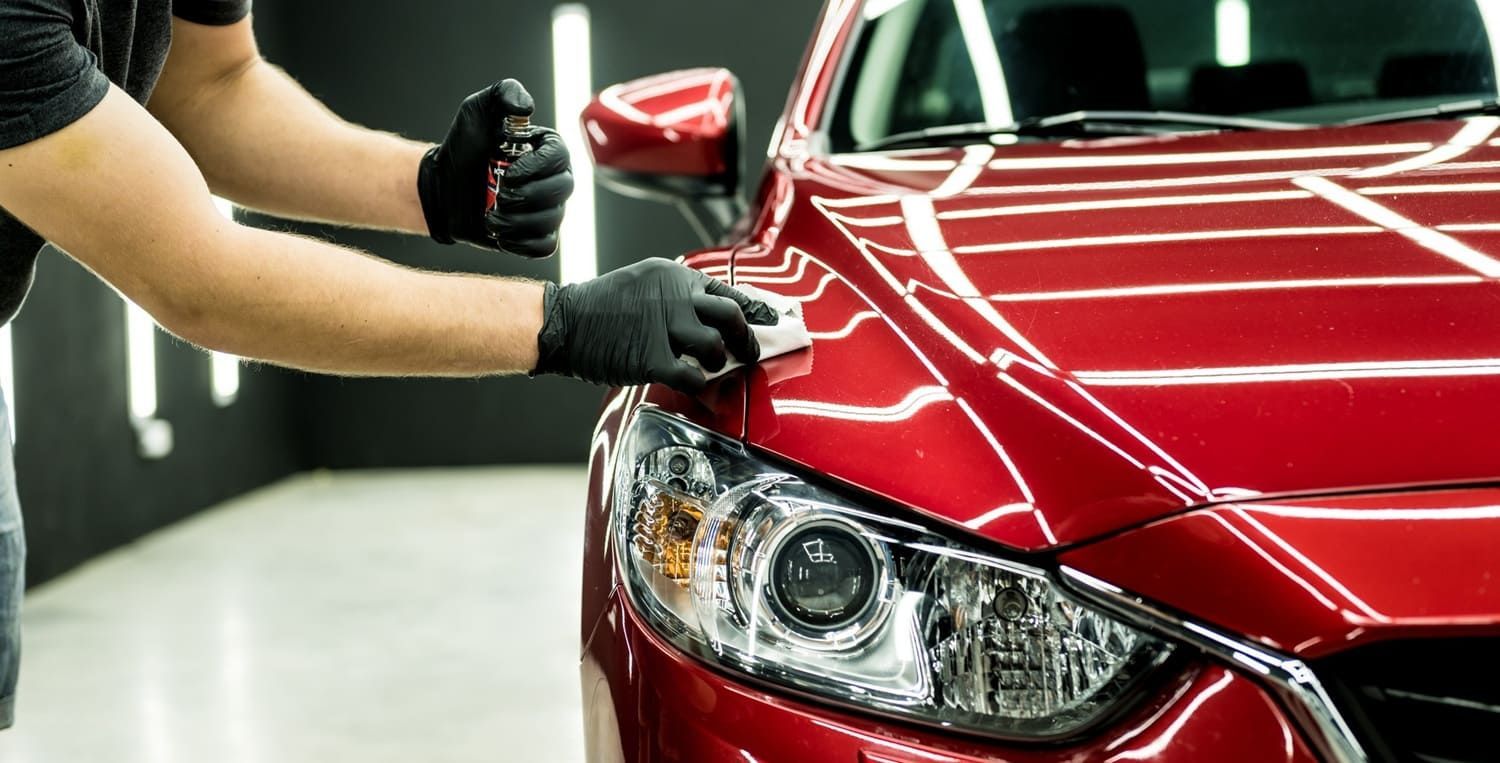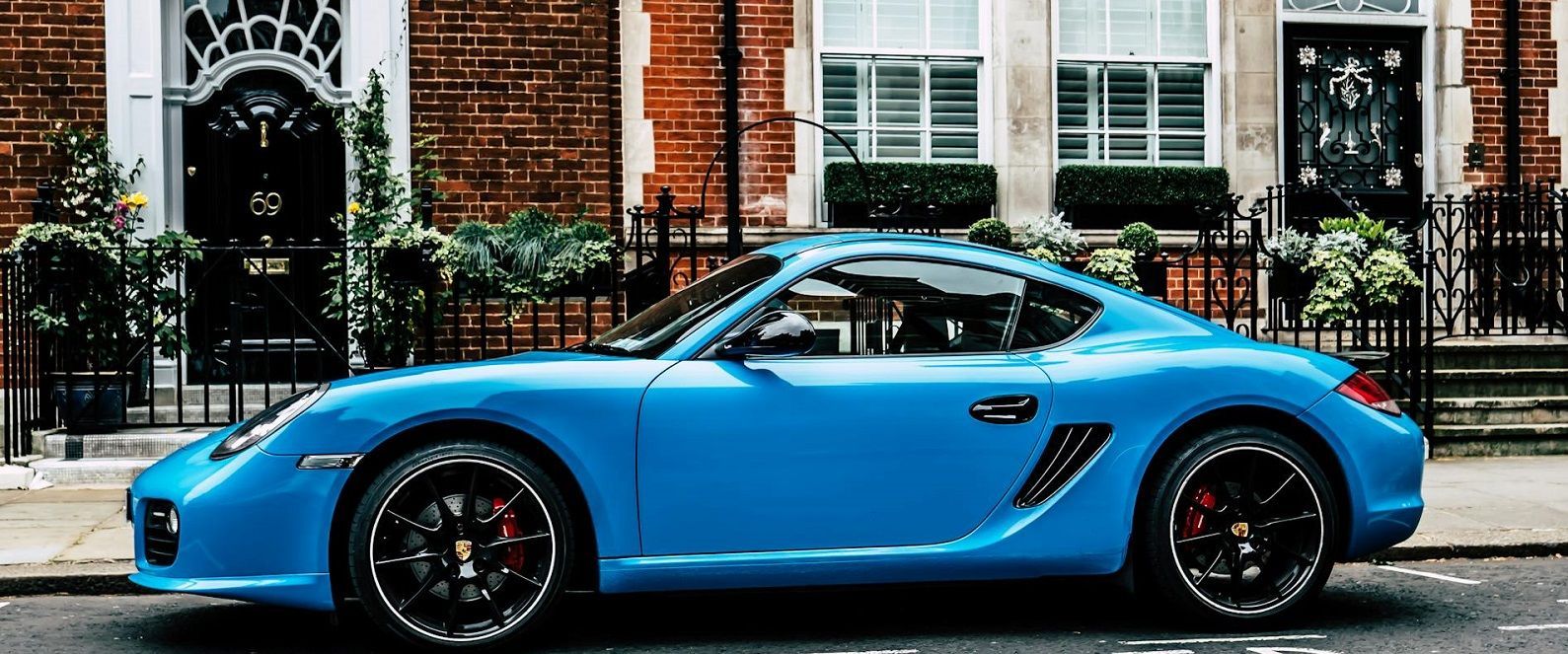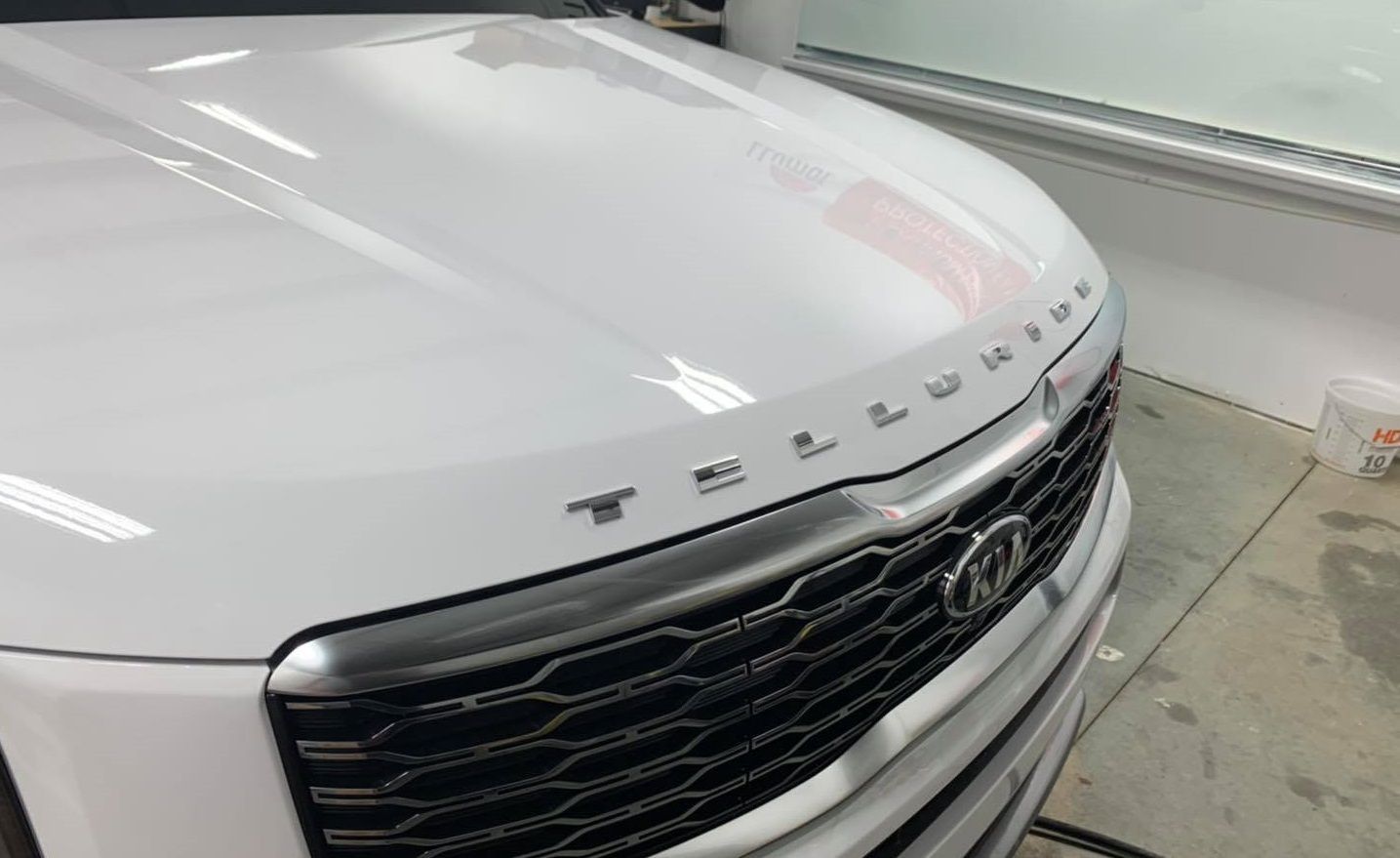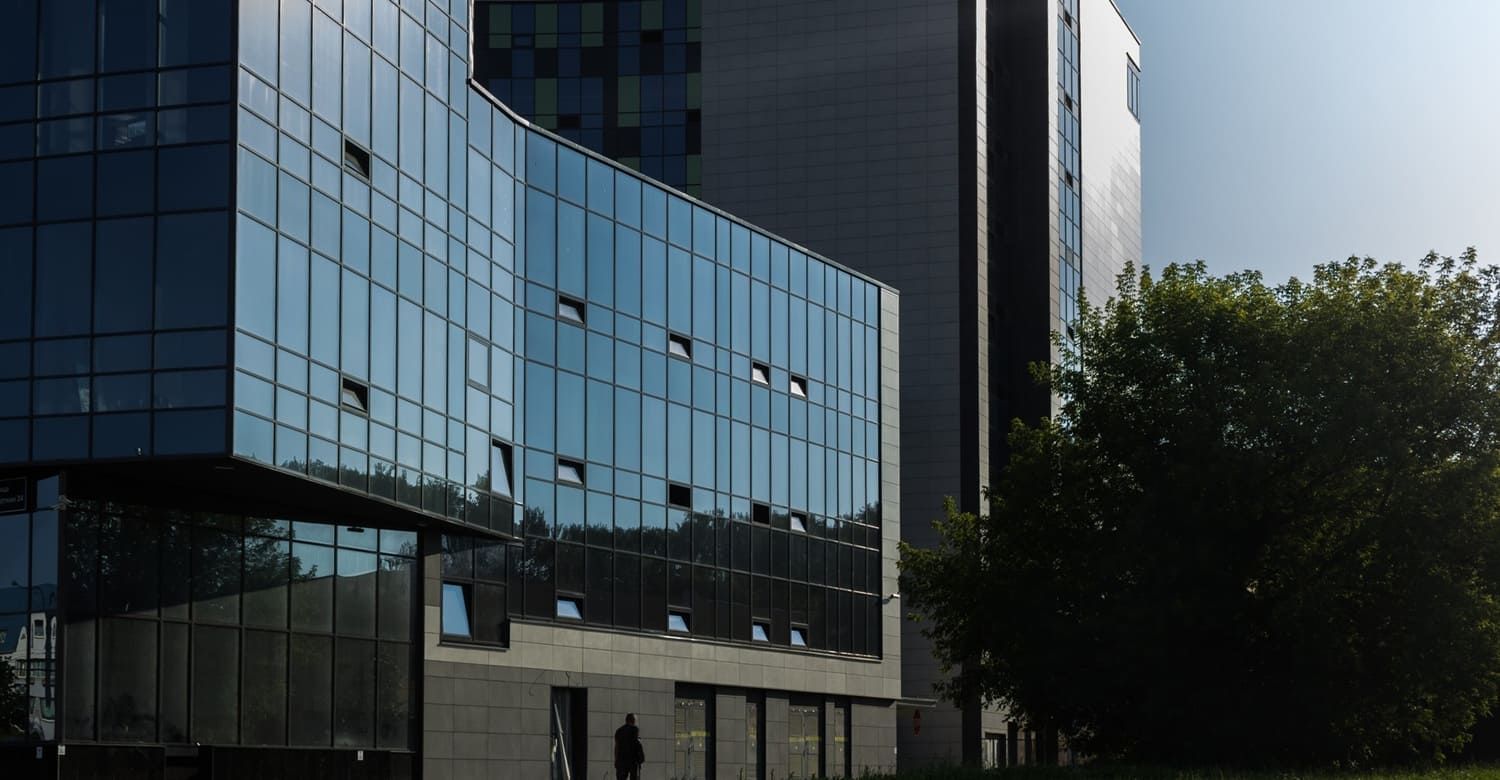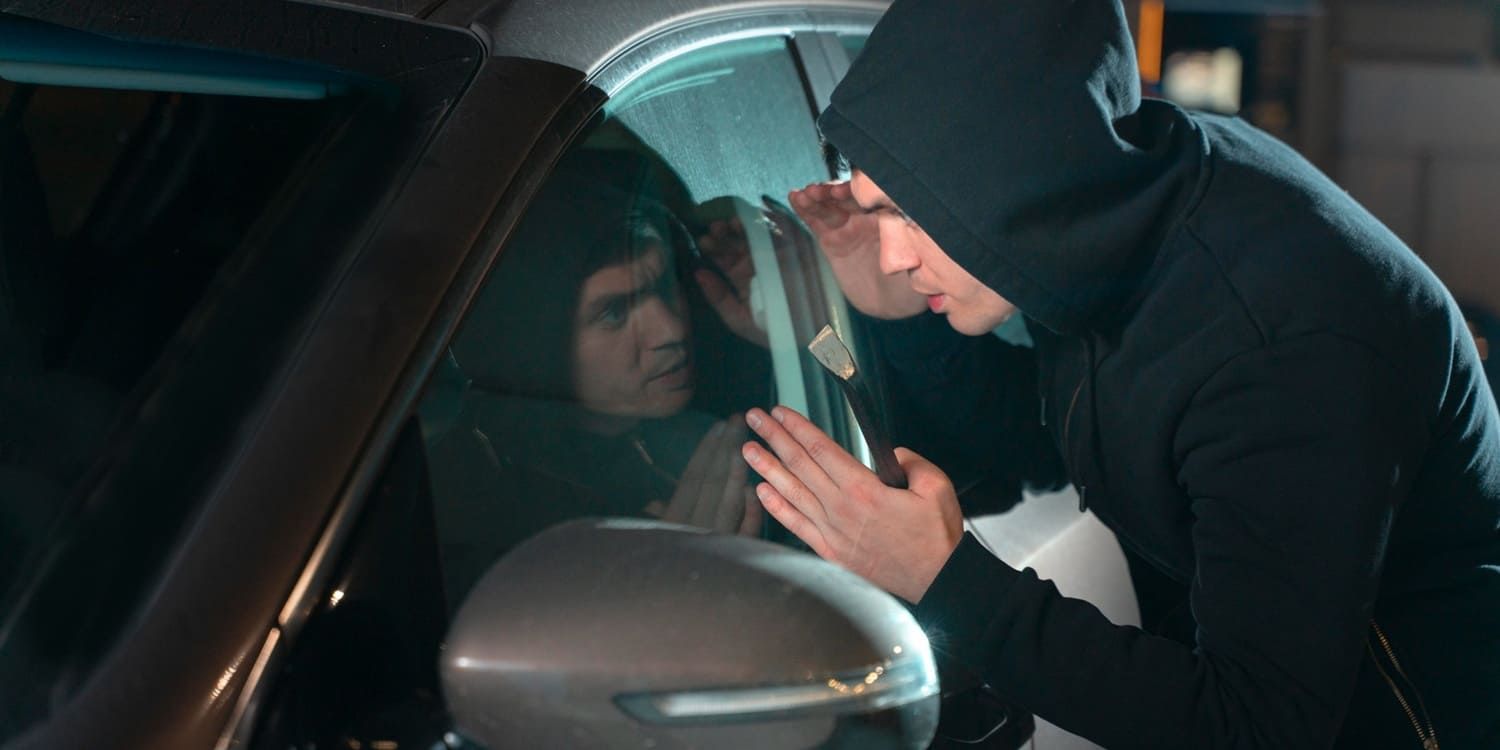Understanding Common Causes of Ceramic Coating Failure
Ceramic coatings are renowned for providing a durable and glossy finish that protects your vehicle's paint. These coatings are crafted to add an extra layer of protection against environmental damage, ensuring that your car maintains its aesthetic appeal for longer periods. However, like any other protective measure, ceramic coatings can sometimes fail. Understanding the common causes of ceramic coating failure can help you prevent these issues and maintain the pristine appearance of your car. Being informed not only aids in preserving your vehicle's look but also saves you from costly repairs or reapplications in the future.
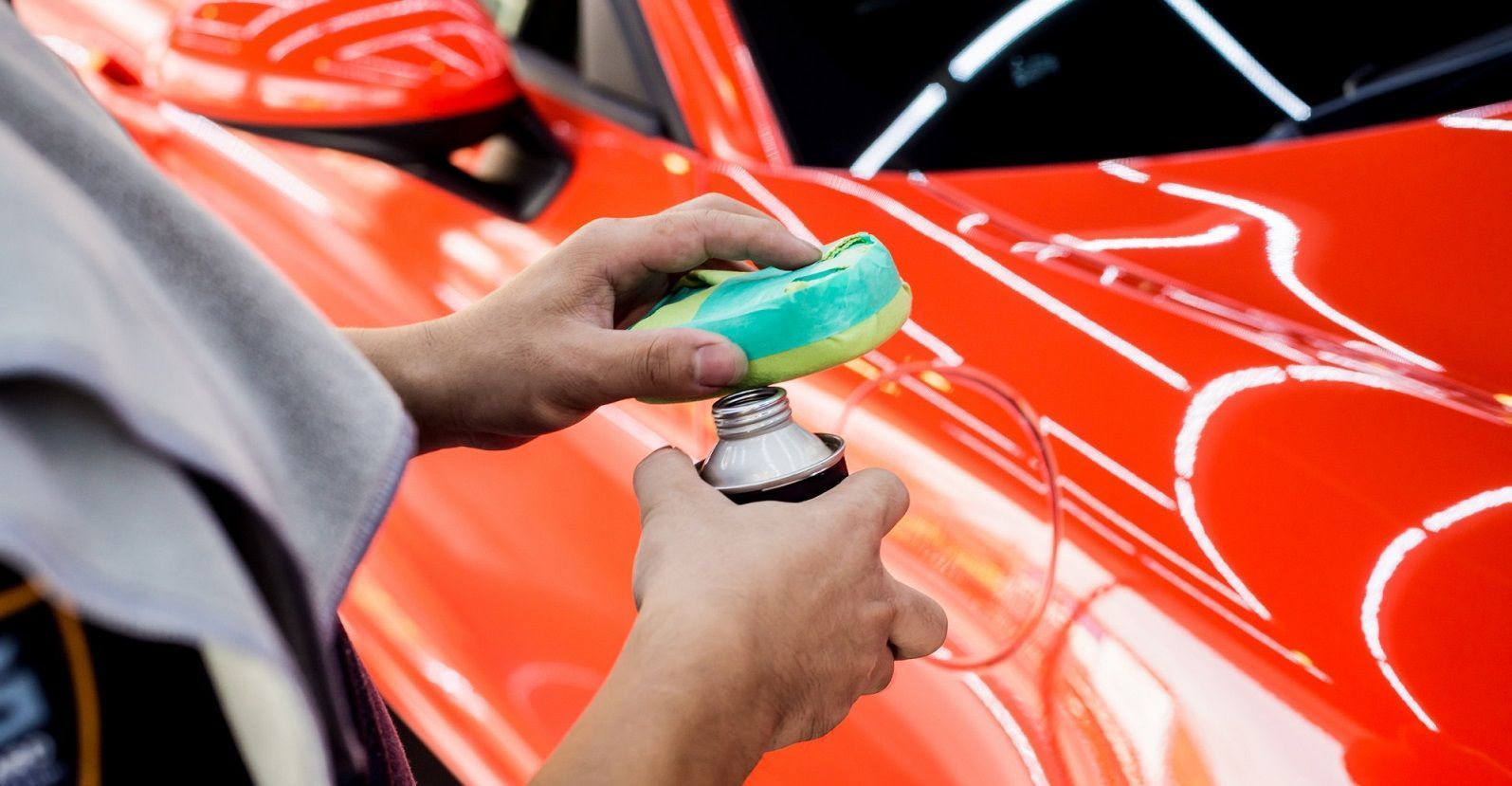
What is Ceramic Coating?
Ceramic coating is a liquid polymer applied to the exterior surfaces of a vehicle. This advanced technology involves a chemical bonding process with the vehicle's factory paint, creating a robust protective layer that enhances the longevity and appearance of the vehicle's finish. It chemically bonds with the factory paint, creating a layer of protection. This coating offers several benefits, including resistance to UV rays, chemicals, and minor scratches, as well as hydrophobic properties that repel water and dirt. The hydrophobic nature of the coating also makes cleaning easier, as water quickly beads off the surface, taking dirt and grime with it.
The appeal of ceramic coating lies in its ability to provide a semi-permanent layer of protection that can last for several years, unlike traditional waxes and sealants which require frequent reapplication. Moreover, it enhances the color depth and gloss of the vehicle, providing a showroom-like finish that's visually appealing. While the upfront cost of ceramic coating might be higher compared to other protective solutions, its long-term benefits and durability make it a worthwhile investment for many car enthusiasts and owners looking to keep their vehicles in top condition.
Causes of Ceramic Coating Failure
Several factors can contribute to the failure of ceramic coatings. These factors can range from human error during application to external environmental conditions that interfere with the coating's curing process. Recognizing these potential issues can help ensure the longevity of your vehicle's protective layer. By understanding these causes, vehicle owners can take preventive measures to extend the life of their ceramic coating and maintain the vehicle's aesthetic and protective qualities.
Improper Surface Preparation
One of the most critical steps in applying ceramic coating is surface preparation. If the surface isn't thoroughly cleaned and decontaminated, the coating won't adhere properly. Contaminants like dirt, grease, or wax can create barriers that prevent the coating from bonding with the paint. This improper bonding can lead to early failure as the coating may start to peel, flake, or develop imperfections over time.
Surface preparation often involves a detailed process that includes washing, claying, and sometimes even polishing to ensure that the paint surface is free from any impurities. Skipping or rushing through these steps can compromise the effectiveness of the coating. In addition, using the wrong cleaning agents or techniques during preparation can inadvertently introduce new contaminants or damage the paint surface, further complicating the application process.
Poor Application Techniques
Applying ceramic coating requires precision and expertise. Inconsistent application, such as uneven layers or missed spots, can lead to coating failure. It's essential to follow the manufacturer's instructions regarding application techniques and drying times. Ignoring these guidelines can result in a patchy finish that not only looks unsightly but also provides inconsistent protection across the vehicle's surface.
Poor application can also occur if the incorrect tools are used, such as applying the coating with low-quality applicators or using the wrong type of cloth for buffing. These
mistakes
can lead to streaks, high spots, or other visual defects that detract from the vehicle's appearance. To avoid such issues, it is crucial to employ the right tools and techniques, ensuring each layer is applied evenly and given sufficient time to cure.
Environmental Factors
Environmental conditions play a significant role in the success of a ceramic coating. Extreme temperatures, humidity, and exposure to harsh weather can affect the curing process. Ideally, application should occur in a controlled environment to ensure optimal results. Applying the coating in unsuitable conditions can lead to improper bonding or curing, resulting in a coating that is less durable and effective.
Besides temperature and humidity, factors such as dust, pollen, or other airborne particles can settle on the coating during application, leading to a contaminated or uneven finish. It is advisable to perform the application indoors or in an area protected from environmental contaminants to minimize these risks. Moreover, understanding the local climate and planning the application during favorable weather conditions can significantly enhance the chances of a successful and lasting coating.
Inferior Product Quality
Not all ceramic coatings are created equal. Low-quality products may not provide the promised protection or durability. Choosing a reputable brand with positive reviews and proven results is crucial in preventing coating failure. Inferior products might initially seem more cost-effective, but their lack of performance can lead to additional costs in the form of reapplications or repairs.
Quality coatings are formulated with high-grade materials that ensure better bonding, longevity, and resistance to various environmental factors. Investing in a reliable product often means benefiting from advanced formulations that include enhanced UV protection, scratch resistance, and hydrophobic properties. Researching and selecting a product backed by scientific testing and positive customer feedback can make a significant difference in the outcome of your coating project.
Lack of Maintenance
While ceramic coatings offer superior protection, they are not maintenance-free. Regular washing and proper care are necessary to preserve the coating's integrity. Neglecting maintenance can lead to a build-up of contaminants that weaken the coating over time. Without appropriate upkeep, the coating can lose its hydrophobic properties and glossy finish, making the vehicle appear dull and less protected.
Maintenance involves using the right cleaning products and techniques, such as pH-neutral shampoos and gentle washing methods that do not strip the coating. Additionally, routine inspections can help identify early signs of wear or damage, allowing for timely intervention and repairs. Establishing a consistent maintenance routine tailored to your vehicle's specific needs can significantly enhance the durability and effectiveness of the ceramic coating.
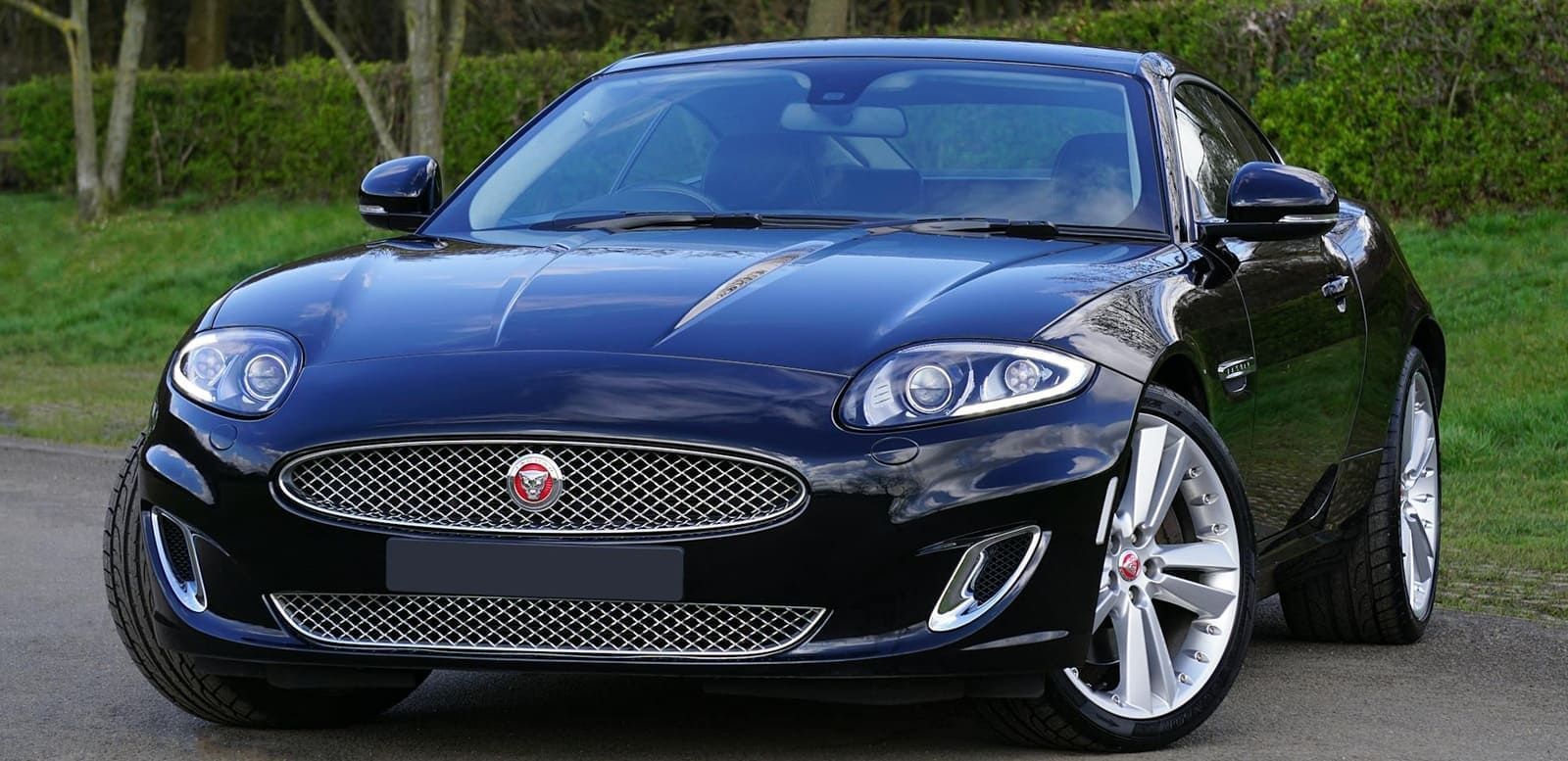
How to Prevent Ceramic Coating Failure
Understanding the causes of failure can help you take proactive steps to ensure your ceramic coating lasts. By implementing the right strategies and practices, you can maximize the benefits of your coating and maintain your vehicle's pristine appearance. Prevention requires a combination of choosing the right products, proper application, and ongoing care to safeguard against potential issues that could compromise the coating's performance.
Choose a Professional Installer
Opt for professional installation when applying ceramic coating. Experienced professionals have the necessary skills and tools to ensure a flawless application. Search for "professional ceramic coating near me" to find qualified installers in your area. Professional installers are trained to handle different types of surfaces and products, ensuring that the application process is tailored to your specific vehicle.
In addition to having technical expertise, professional installers often offer warranties or guarantees on their work, providing added peace of mind. They can also provide valuable advice on maintaining the coating and addressing any issues that arise post-application. Entrusting your vehicle to a professional not only enhances the quality of the coating but also ensures that it adheres properly and performs optimally over time.
Invest in Quality Products
Select a high-quality ceramic coating product from a reputable manufacturer. Research different brands and read customer reviews to make an informed decision. A reliable product will provide better protection and durability. Investing in quality from the outset can prevent many of the issues associated with inferior products, such as poor adhesion or reduced lifespan.
Quality products often come with detailed instructions and support from the manufacturer, ensuring that you have all the information needed for a successful application. Furthermore, they may offer features such as enhanced scratch resistance or UV protection that are not available in cheaper alternatives. By prioritizing quality, you are making a long-term investment in your vehicle's appearance and protection.
Follow Maintenance Guidelines
Adhere to maintenance guidelines provided by the coating manufacturer. Regular washing, using pH-neutral car shampoos, and avoiding harsh chemicals will help preserve the coating's effectiveness. Consider scheduling periodic maintenance with your installer to address any potential issues. Keeping up with maintenance not only extends the life of the coating but also ensures that it continues to perform as expected.
Incorporating maintenance routines into your vehicle care schedule can prevent the build-up of dirt and contaminants that degrade the coating. Additionally, it allows for early detection of any areas where the coating may be wearing thin, providing an opportunity for timely repairs. By following the recommended maintenance guidelines, you can enjoy the full benefits of the ceramic coating for an extended period.
Control the Environment
Whenever possible, apply ceramic coating in a controlled environment. This means avoiding extreme temperatures, high humidity, and direct sunlight during the application process. A stable environment will facilitate proper curing and bonding of the coating. Controlling the environment minimizes the risk of contaminants or adverse weather conditions affecting the coating's performance.
If an indoor or controlled environment is not available, consider using temporary shelters or enclosures to protect the vehicle during application. Additionally, plan the application process around the weather forecast to avoid unexpected changes that could compromise the coating. Taking these precautions ensures that the coating cures correctly and adheres optimally to the vehicle's surface, enhancing its durability and effectiveness.
Conclusion
Ceramic coatings offer exceptional protection and aesthetic benefits for your vehicle. At Wells Window Tint in Columbia, TN, we provide top-quality ceramic coating services that help maintain your vehicle's appearance and protect it against environmental damage. Understanding the common causes of ceramic coating failure is key; proper surface preparation, application techniques, and ongoing maintenance ensure your coating remains effective for years to come.
If you're considering ceramic coating for your vehicle, always opt for professional installation and quality products to achieve the best results. With the right approach from Wells Window Tint, ceramic coatings provide long-lasting protection and keep your vehicle looking as good as new.
Contact us today for a free estimate and let Wells Window Tint enhance your vehicle with our premium ceramic coating solutions.
